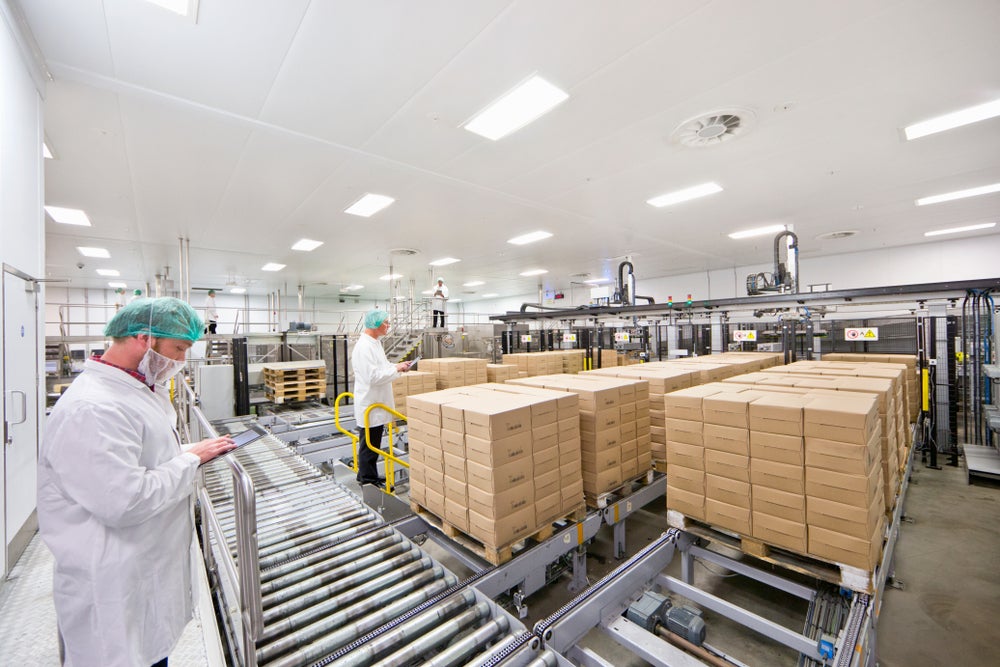The UK’s Autumn Budget 2025 has drawn a cautious response from the packaging and recycling industry.
The government confirmed that the Plastic Packaging Tax (PPT) will rise in line with inflation, while allowing businesses to use a “mass balance” model to account for chemically recycled plastic.
That welcomed move comes against growing concern that the tax regime has so far failed to stimulate domestic demand for recycled resin.
What changed under the budget
From 1 April 2025 the PPT, which applies to plastic packaging with less than 30 % recycled content, increased in line with CPI — the rate now stands at £223.69 per tonne.
Crucially, the government has confirmed that the mass balance approach will be permitted. This allows companies to declare chemically recycled plastic content under PPT compliance, a shift long advocated by parts of the industry.
No change was made to the recycled‑content threshold (remains at 30 %), nor was there a progressive escalator to 50 % recycled content — a point of criticism from recycling sector groups.
Industry response: optimism and reservations
Some actors in the packaging and food‑manufacturing sectors welcomed the mass balance decision.
For example, representatives from the Food and Drink Federation (FDF) saw the move as an opportunity to open “new markets for advanced recycling in the UK,” potentially supporting food‑grade recycled packaging use.
However, groups such as the RECOUP network remain sceptical about the PPT’s impact.
They point out that since the tax’s introduction in 2022, a growing number of UK recycling plants have shut or mothballed capacity — blaming a lack of a robust verification system for recycled content and cheaper virgin‑plastic imports undermining domestic reprocessing.
Calls persist for a more ambitious PPT design — including a gradual increase in the recycled‑content threshold to 50 % and stronger regulatory oversight over imported “recycled plastics”.
Implications for packaging supply chains and the circular economy
The budget’s decision to allow mass balance accounting could encourage investment in chemical recycling technologies.
In principle, this may help packaging producers looking to source recycled polymers, especially for flexible films or lower‑grade plastics where traditional mechanical recycling struggles. That could improve supply‑chain resilience and bolster circular‑economy ambitions.
On the other hand, with no tightening of recycled‑content thresholds, the core economic disincentive to virgin plastic remains relatively weak. The resulting “widening price gap” between cheap virgin material and more costly recycled content is likely to endure — limiting demand for UK‑reprocessed polymers.
Some packaging firms may feel squeezed by this continuing imbalance, particularly those already coping with new compliance costs under extended producer responsibility (EPR) schemes and elevated energy and waste-treatment costs.
What the industry wants next
Industry stakeholders urge the government to consider introducing a progressive escalator for recycled content — moving the threshold from 30 % to 50 % over this Parliament — to generate stronger demand for UK‑recycled plastic.
There is also a call for more rigorous verification of recycled-content claims, especially for imported plastics. Without credible oversight, the competitive disadvantage for domestic recyclers will continue.
Finally, broader application of recycling incentives beyond packaging — for example to other sectors using plastics — is suggested as a way to build scale and market confidence in recycled polymers, helping to stabilise end markets.
The Autumn Budget 2025 has offered modest support for a circular packaging economy. The mass balance change is a pragmatic step.
It now falls to regulators, recyclers and brand owners to turn that allowance into tangible demand for recycled materials — otherwise, the structural weaknesses of the UK’s plastics supply chain are unlikely to be resolved.









